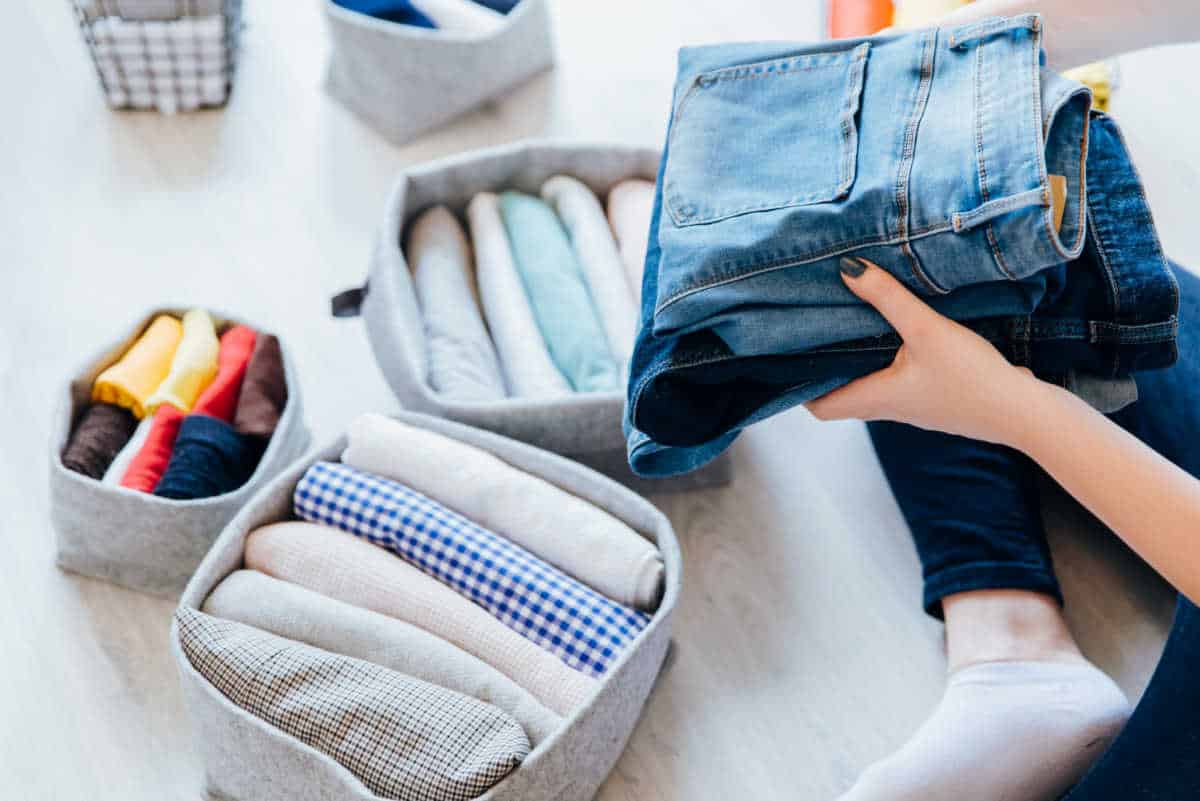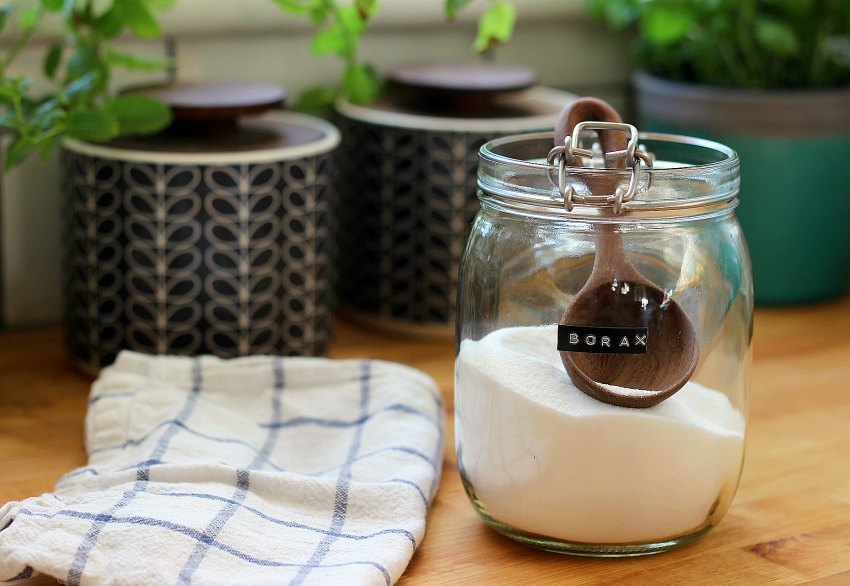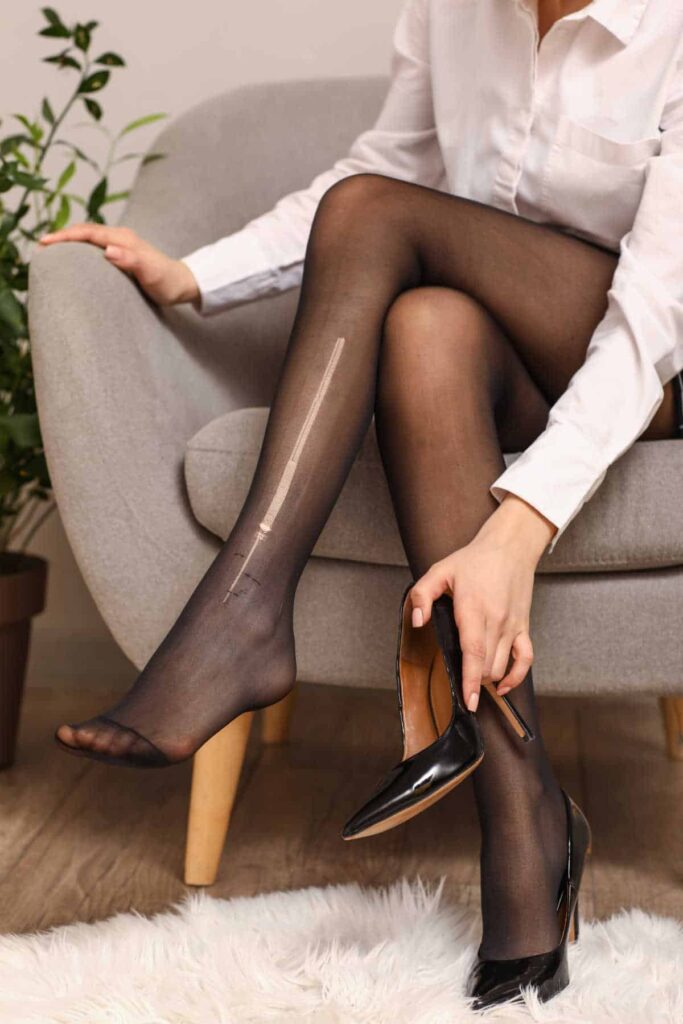How to Build An Ethical Wardrobe From Scratch
To support the running costs of Moral Fibres, this post may contain affiliate links. This means Moral Fibres may earn a small commission, at no extra cost to readers, on items purchased through these links.
New to the world of ethical fashion? It can be overwhelming knowing where to start so here are my top tried and tested tips on building an ethical wardrobe from scratch.
It can be both difficult and overwhelming to know where to start in making your own wardrobe more ethical. Making the switch to shopping more ethically can be challenging. From where to shop to the potential cost involved, it can feel like a difficult part of your life to alter. Especially if fast fashion has been a huge part of your life.
To help you build your own ethical wardrobe, I wanted to offer a manageable approach
How To Create An Ethical Wardrobe

But first things first, let’s start from the beginning. The foundations of your ethical wardrobe if you will:
- Declutter & Take Stock
- Embrace The Joy Of Preloved Clothing
- Research Ethical Brands
- Prioritise Quality Over Quantity
- Delve Into The World Of Sustainable Fabrics
- Learn How To Care For Your Clothing
Declutter & Take Stock
The first and most important step in building an ethical wardrobe is to look carefully at your existing wardrobe, so I’ll spend the most time on this section. As I’ve said countless times before, and probably will forever more: the most ethical clothes are the clothes you already own.
Taking stock of your existing wardrobe and removing anything you don’t wear or don’t like is an important first step. Shopping ethically isn’t always the cheapest (although if you opt to shop preloved it can be), so learning from previous mistakes is imperative. Doing so will help you get the most for your money and help you to avoid rash impulse purchases.
Does the world need more decluttering advice? Probably not. I’ll aim to keep it brief for anyone interested in how I manage my own ethical wardrobe.
The Four Piles System
I’m a firm advocate of setting aside an afternoon to empty everything out of your drawers and wardrobe onto your bed. I like the four piles systems myself. This involves putting your clothes into one of four piles:
- The clothes you no longer wear, are worn out, no longer fit, no longer suit, or you don’t like.
- The clothes that need repairing or modifying (and you will actually repair/modify rather than leave them there for 2 years at the back of your cupboard!)
- The clothes that you love and wear on a regular basis.
- The clothes that you love but wear on a less regular basis – e.g. formal wear, party wear, etc.
You also have my blessing to add a fifth maybe pile to revisit another day. Some people argue against that additional pile, saying it adds more work at a later date.
I say if you’re worried about rash decision-making and that pile makes you less nervous then by all means give it a go. I have done this in the past, only to a couple of months later cart the whole ‘maybe’ pile to the charity shop. Needless to say, now I just trust my instincts.
If you’re swithering over whether to keep an item or not, then I ask myself “If I was out shopping right now would I buy this item?“. If I wouldn’t then it goes in pile one.
Whilst decluttering I try to bear in mind seasonality. For example, I would give my summer items of clothing a reprieve until the end of summer. Anything I hadn’t worn that summer would be out. Decluttering summer clothes in the middle of winter might otherwise see some useful clothes inadvertently discarded, and vice versa.
Understanding What Wasn’t Working
Before you discard pile one, have a good look at what you’re discarding, and why you’re discarding the items.
Was it the fit, or was it the style that didn’t suit? Perhaps the colour? Was it something you bought on a whim or because it was on sale? Perhaps it didn’t go with anything else in your wardrobe? Was it something you bought because you were feeling low that particular day and needed a retail boost?
Whatever the reasons, keep them in the front of your mind next time you’re clothes shopping. The aim here is not to repeat these mistaken purchasing decisions again. This will help save you money and save resources too, as well as create a more ethical wardrobe.
Defining Your Style
Place the third pile (and the second mended pile) back in your wardrobe and keep in mind the reasons that you’re keeping those items, to help you define your style.
Are there particular colours that you’re drawn to, or particular cuts or styles? Make a mental note about precisely what it is about the items that you love. Doing so means that in the future when you’re adding to your wardrobe, you know exactly what you’re looking for and exactly what suits you.
This will help you curate a cohesive wardrobe that reflects your individuality while reducing the temptation to make impulse purchases.
Assessing The Gaps
Now your clothes are back in the wardrobe, carefully analyse the gaps. What items of clothing do you need to bridge those gaps? Make a written list of the items you legitimately need. Be really specific. So rather than just writing down ‘trousers’, write down the specific style and colour of trousers you need.
I’m not necessarily a proponent of capsule wardrobes or minimalist wardrobes so I’m not going to offer a specific list of clothing you need. Your own list will be specific to you, your lifestyle, and your existing wardrobe, so think carefully and honestly about what you need.
Bear in mind there’s no need to replace everything you’ve discarded with ethical options like for like. You only need to purchase the things you really need to make your existing wardrobe work better for you. Owning fewer clothes is really rather liberating and does make it much easier to get dressed in the morning.
Another pertinent point is that decluttering your wardrobe is not a code word for going on a massive shopping spree. Building an ethical wardrobe takes time, and it should come together slowly and organically. There is no rush.
Embrace The Joy Of Preloved Clothing
Now that you have a clear vision of both your style, and the gaps in your wardrobe, the next step is to consider where to shop the next time you do need to add a piece to your wardrobe.
One of the most sustainable and affordable ways to build an ethical wardrobe is by shopping secondhand – in charity shops, resale sites, and vintage shops. This helps to reduce the demand for fast fashion, whilst giving preloved items a new lease of life, helping keep them out of landfills.
Research Ethical Brands

As well as discovering the joy of secondhand, it can also be fun to find ethical fashion brands that align with your values, so that you know where to head when you do need something new. To help you out on your journey, I’ve got specific guides to women’s sustainable clothing and men’s sustainable clothing.
Prioritise Quality Over Quantity
In the world of fast fashion, cheap and disposable clothing has become the norm. However, building an ethical wardrobe requires a shift in mindset towards quality over quantity.
My own approach is to buy new clothes very infrequently, yet save a set amount of each money each month to put towards clothing. When I do, I try to invest in well-made pieces that are designed to last. It’s a way of shopping that is both financially and environmentally sustainable for me.
Delve Into The World Of Sustainable Fabrics
When selecting clothing, pay attention to the materials used in their production. What you choose depends on your values, however some of the choices you can make include natural fibres such as organic cotton, linen, hemp, and TENCEL™ lyocell. These tend to have a lower environmental impact compared to synthetic fabrics like polyester and nylon.
Check out my guide on how to be an ethical shopper for more help in making sustainable fabric choices.
Learn How To Care For Your Clothing
Finally, proper clothing care is essential for prolonging the lifespan of your garments and minimising your environmental impact. Following laundry care labels, washing your clothes in cold water, and air drying them where possible not only saves energy but helps to preserve the integrity of the fabrics. This means your clothes can last longer, making them more sustainable wear-per-wear and saving you money.
Learning how to repair your clothes is also a key step in extending the life of your clothes – so is a a super handy skill to learn.
Go Further
Found this post useful? Check out more of my posts about reframing your relationship with fast fashion:
- Why the Cost Per Wear Concept Is Important When Ethical Shopping
- How to Reconcile With Black Friday with Ethical Consumerism
- How To Stop Impulsive Buying Fast Fashion
- A Simple Tip to Stop Buying Stuff You Don’t Need
Found this post useful? Please consider buying me a virtual coffee to help support the site’s running costs.




